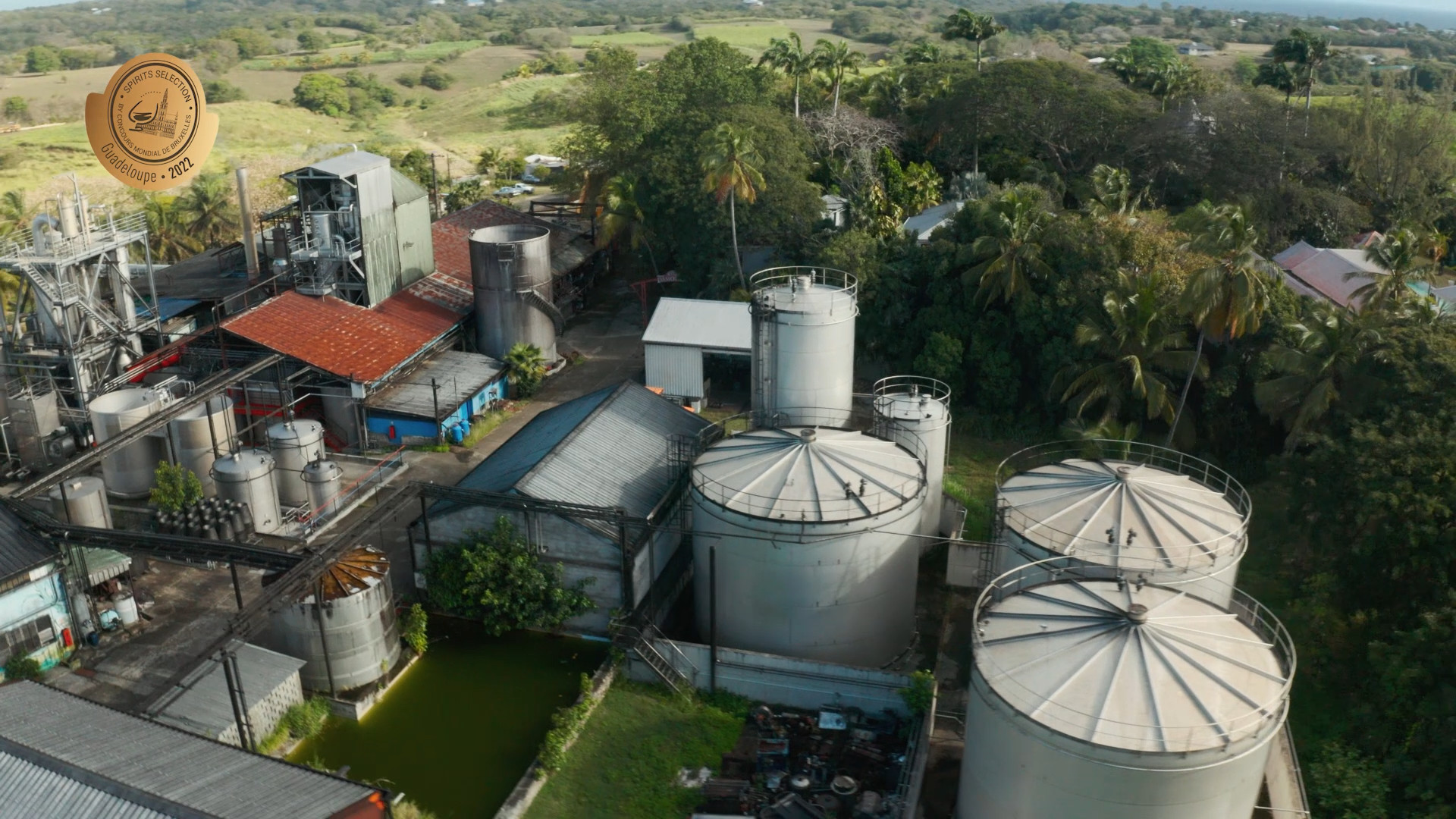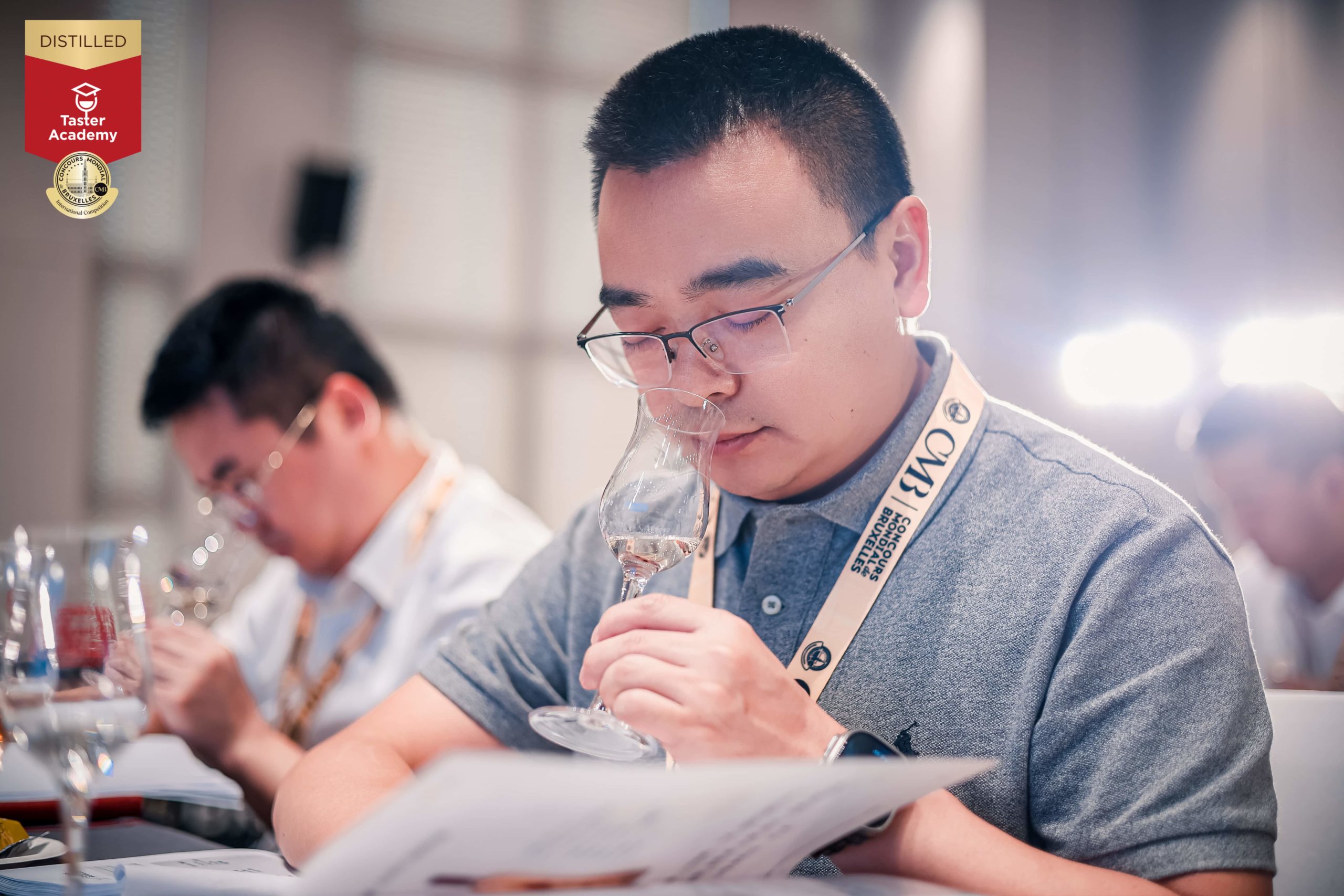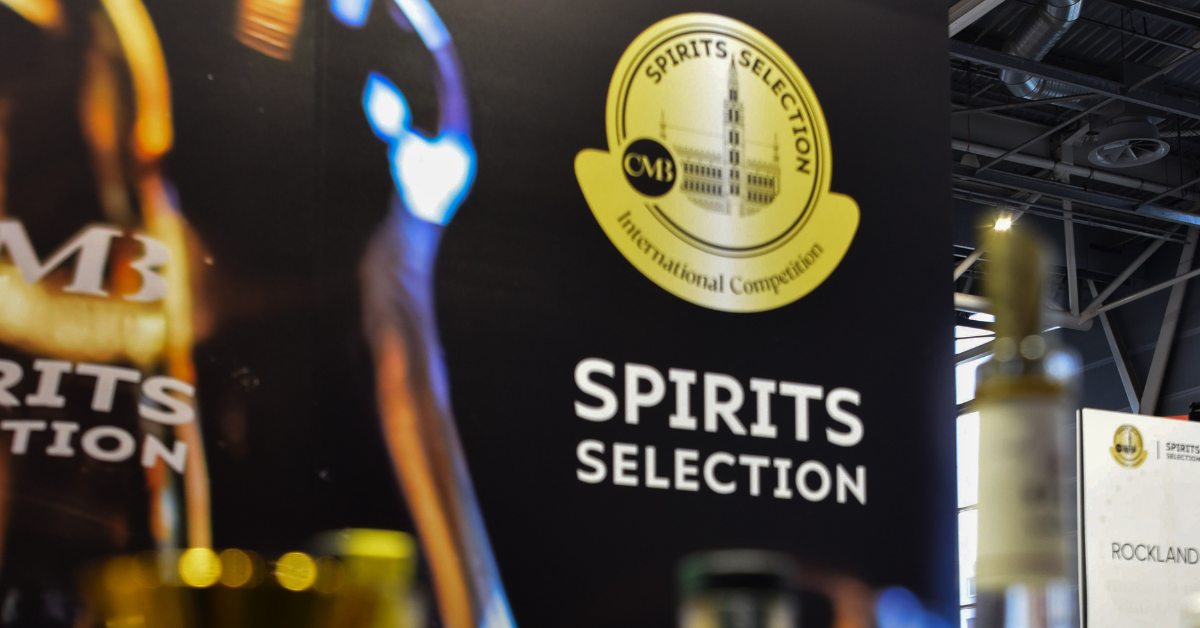Traditional rums – a great opportunity for premiumisation

Consumers are not very familiar with the fact that the Guadeloupe rum geographical indication also covers molasses-based rums referred to as ‘traditional’. Hervé Damoiseau discusses the opportunities they offer.
The Guadeloupe rum geographical indication recognises two types of rum – agricultural rum made from fresh sugarcane juice, and what is known as industrial rum, which can be made from molasses, syrup or honey.
Of the 600,000 tonnes of sugarcane grown every year over the 13,200 hectares of dedicated land, just 10% is used to produce agricultural rum. The remaining 90% is processed in sugar refineries. Molasses are a by-product of the sugar industry, containing more or less 4.3% of sugar that has not been crystallised. Molasses are fermented using yeast then distilled to produce rum. Most of the rums drunk worldwide are actually molasses-based rums.
Molasses from the Gardel sugar refinery on Grande-Terre are recovered by the Bonne Mère distillery located on Basse-Terre. The Grande Anse sugar refinery processes Marie-Galante molasses directly at the Grand Bourg facilities. Annual production of molasses across the archipelago is estimated to total more or less 21,000 tonnes.
Thierry Heins : How significant is production of molasses-based rum?
Hervé Damoiseau : All the molasses produced in Guadeloupe are distilled in Guadeloupe. In 2020, 46,500 hectolitres of pure alcohol were produced. In more simple layman’s terms, that is the equivalent of 16 million 70 cl bottles with an ABV of 40%. That’s quite a significant amount.
T.H.: Is all this molasses-based rum entitled to the ‘Traditional Guadeloupe Rum’ geographical indication?
H.D. : It all depends on the final destination of the distillates. Production conditions are the same as for Guadeloupe agricultural rums. They must contain a minimum volatile substance content of 225g per hl. They cannot be sweetened and neither glycerine nor aromas can be added. And for mature molasses-based rums, to be entitled to the GI, they have to be matured within the archipelago. I would add that in Guadeloupe, there is no production of ethanol – the molasses are not exported, they are entirely turned into rum.
T.H.: What happens to these molasses-based rums?
H.D. : A large share of Guadeloupe molasses-based rum is used to make Negrita rum, both white and amber. It should be remembered that the two distilleries belong to La Martiniquaise-Bardinet. Negrita is a blend of molasses-based rum that comes from the Reunion Island, Martinique (in small quantities) and Guadeloupe. Therefore it is not entitled to the Traditional Guadeloupe Rum GI.
A significant amount is also sold to producers of punches and cocktails, who are looking for more neutral products, to avoid giving the punches a specific flavour.
For mature rums, there are Darboussier, Contrebande and also Vieux Pap, the latter of which is only found in the archipelago. The SIS Bonne Mère distillery boasts 4,700 barrels. It has just built more facilities housing 5,000 barrels.
T.H.: At Damoiseau, you have long produced blends of agricultural and molasses-based rums. Why did you choose to do this?
H.D. : My blends contain more agricultural rum than molasses-based rum. We decided to go down this route in some ways out of curiosity. We were already producing mature agricultural rums and wanted to try out another approach in order to reach out to a different audience, both from a flavour and marketing perspective. Concordia, our 4-year-old blend, was extremely successful with the public, proving that you can produce appealing products by finding the right balance between agricultural rum and molasses-based rum. We also have Statera, a blend of 5 and 6-year-old rums, as well as our special label. We also produced blends of the 89-91-95 vintages, but supplies at the distillery have now been depleted. Obviously we have mature agricultural rums – VO, VSOP, 8-year-old and soon a 15-year-old rum.
T.H.: Why don’t you produce a 100% traditional rum?
H.D. : Quite simply because it is not to my taste. I have to be able to drink the rums I sell. I don’t like the overly strong flavour of molasses-based rum.
T.H.: Considering the amount of molasses-based rums sold worldwide, and the availability of molasses on the island, why doesn’t Guadeloupe produce premium traditional rums akin to Rivière du Mât from the Reunion Island, produced by the same group?
H.D. : The two distilleries that produce molasses-based rum – SIS Bonne Mère and Grande Anse – both belong to the Bardinet-La Martiniquaise group. Apparently, producing premium traditional rums has not been a part of the group’s development strategy in the archipelago so far. Historically, they have always produced primarily entry-level rum in Guadeloupe. Why? That’s something you’ll have to ask them, because in my opinion premiumisation of the category would be extremely worthwhile!


